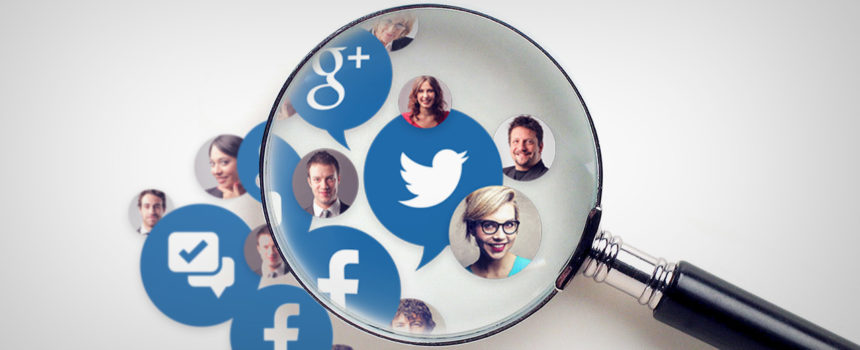Many of today’s buyers like to do their own research and undertake a self-discovery process during the early stages of their buying journey. As a salesperson, you can utilize social selling to improve the customers’ purchase and research experience. Global research, conducted by IDC in February 2014, finds that online social networks play a vital role in the purchase process of 84% of the most senior B2B buyers. In the final stage of the purchasing process, when stakes are highest, online professional networks (e.g., LinkedIn) are the number one information preference of buyers.
The key tools in a successful sales person’s toolbox, relationship building, referrals, and recommendations are also shifting online. Instead of ‘dialing for dollars’ like the older days, sales professionals can reach hundreds of prospects at once using social media. When you interact via social media, it’s better if you approach prospects through a mutual connection. If a connection isn’t possible, it’s important for sales reps to be visibly present online in an authentic, transparent, and complete way. For example, discussing relevant industry news in a related LinkedIn group is an excellent way for sales reps to engage with a new audience. When people comment on your group posts and show interest in topics that you are posting, send them a LinkedIn connection request. However, since generic LinkedIn connection requests are frequently ignored, it is important to include a personal message and mention the topic that you both were discussing in the group into start a quality professional relationship via LinkedIn.
Buyers are generally either in the stage where they recognize they have a problem, where they acknowledge it and where they’re committed to doing something about it. The buyers can benefit from social media activity at all three stages of the purchasing process. However, buyers use social media differently in each stage, which is why there is a need for consistent social media use by all sales reps.
For example, to engage with buyers during the earliest stage, sales reps can monitor prospects for trends that can be converted into relevant conversations. Subscribe to industry magazines, LinkedIn Groups, and Google Alerts in order to be well informed daily. Tweeting and retweeting relevant news, including the important hashtags, is also a great way to aid potential customers in the discovery process. When encountering buyers in the middle stage, sales reps who are better able to track and manage engagement via social media such as LinkedIn, may have an advantage when it comes to keeping deals on track. And when a buyer is finally committed to doing something about their problem, a solid and transparent social media presence will add credibility and confidence to the buyer’s purchase.
Want to accelerate your high velocity inside sales team? Get more tips in our book.












